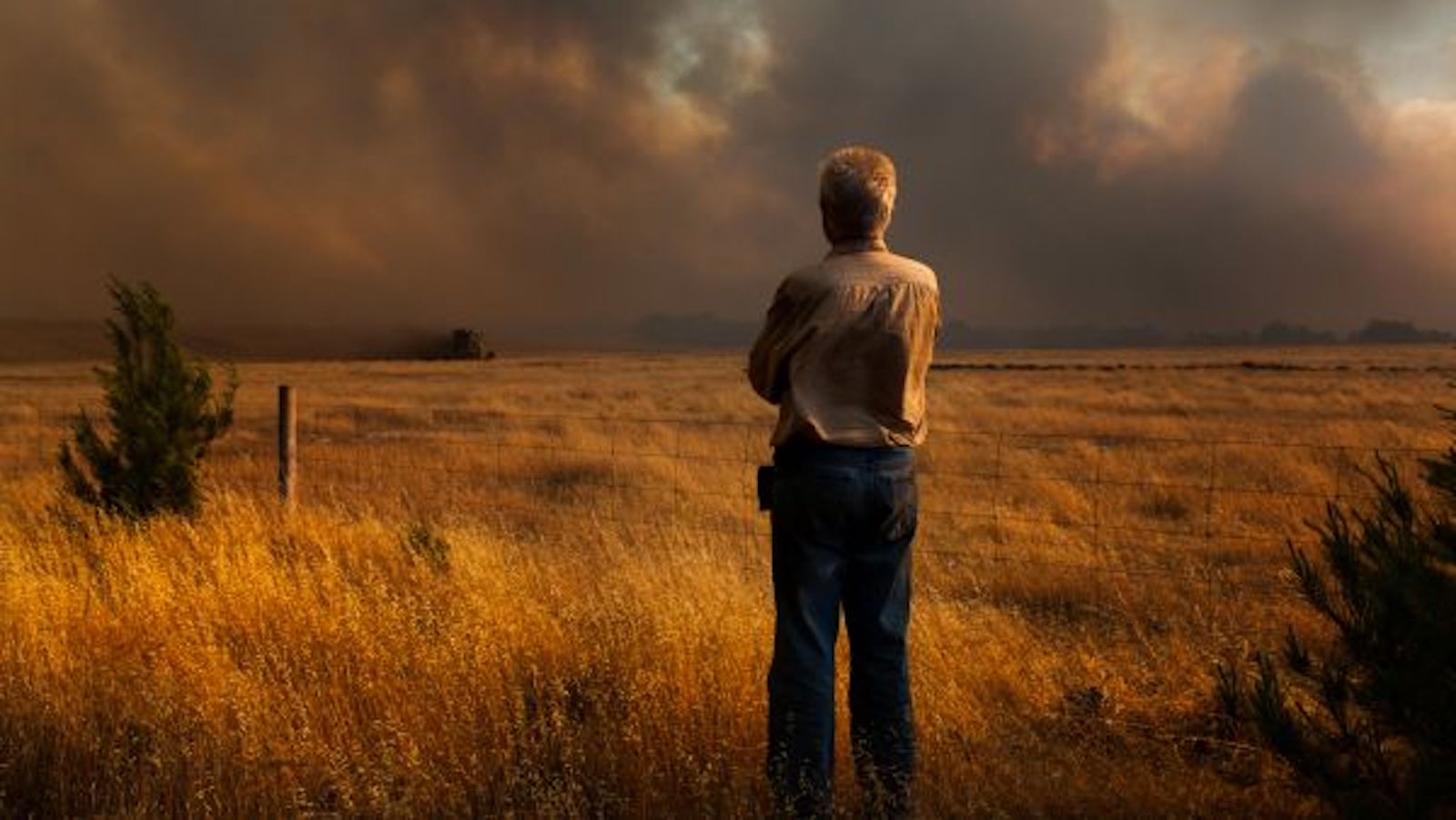Humanity locked in a 'spiral of self-destruction' unless we change our perception of risk, UN says
'Optimism, underestimation and invincibility' have pushed humanity into a 'spiral of self-destruction'
Humanity's faulty perception of risk has set us on a "spiral of self-destruction," a new United Nations report claims. The report's authors also suggest our future will involve an onslaught of daily disasters by 2030.
The UN's Global Assessment Report, published April 26, highlights some of the doom in store for humanity due to broken perceptions of risk stemming from a trio of thought mistakes: optimism, underestimation and invincibility.
"By consciously neglecting investment in disaster prevention efforts, while also failing to act with sufficient urgency on related issues like climate change, a broken 'risk perception' can catalyze and compound disasters, causing them to become larger and more impactful than they would have been, had there been sufficient efforts on prevention and risk reduction," Jeanette Elsworth, spokesperson at the UN Office for Disaster Risk Reduction (UNDDR), told Live Science in an email,
These disasters include earthquakes, tsunamis and volcanoes; climate- and weather-related disasters; as well as outbreaks of biological hazards, including crop pests and epidemics, Elsworth said.
Related: 10 signs that Earth's climate is off the rails
Over the past two decades, 350 to 500 medium- to large-scale disasters have occurred each year, the report's authors noted. They predicted that this number will reach 560 disasters a year (1.5 a day) by the year 2030.
"The world needs to do more to incorporate disaster risk in how we live, build and invest, which is setting humanity on a spiral of self-destruction," Amina J. Mohammed, the UN's deputy secretary-general, said in a statement.
Breaking space news, the latest updates on rocket launches, skywatching events and more!
The authors highlight the COVID-19 pandemic as an example of myopic thinking and lack of understanding of disaster risks. "Myopic thinking meant that, despite warnings and data that a pandemic was overdue, preparedness was inadequate and governance systems across the world struggled to pivot to a new reality," they wrote. The severity of the pandemic was also exacerbated by populations across the globe being exposed to other health risks. "Exposure to underlying risk factors, such as high levels of air pollution, unsafe housing or limited access to health services, were found to significantly affect fatality rates," they wrote.
The authors also highlighted the growing risk of extreme weather events, which are becoming more common due to human-made climate change. Policymakers, they said, should work to climate-proof development and investments. For instance, Costa Rica implemented a carbon tax in 1997 to help reverse deforestation, which works to reduce disaster risks and benefit the economy, the UN report authors said in the statement.
The authors found that not everyone is impacted by disasters equally. Eighteen out of the 20 countries with the highest disaster risk were middle- and lower-income countries with an average poverty rate of 34%. "By the end of this decade, climate change and disasters caused by natural hazards may push as many as 132 million people into poverty," Elsworth said.
But don't despair — the authors put together a three-action plan to help prevent this spiral of self-destruction. For one, humans need to stop undervaluing "climate change risk, costs to ecosystems and the positive social benefits of risk reduction," the authors wrote. The second action involves designing systems "to factor in how human minds make decisions about risk," they wrote. And lastly, governments and financial systems must work across disciplines to help people affected by disasters. Local leadership is a must during disasters, they wrote. "Rifts can emerge between the national and local levels during major crises, as was the case in many jurisdictions during the COVID-19 crisis. Autonomy for local-level action is essential."
The time for action, the authors say, is now.



